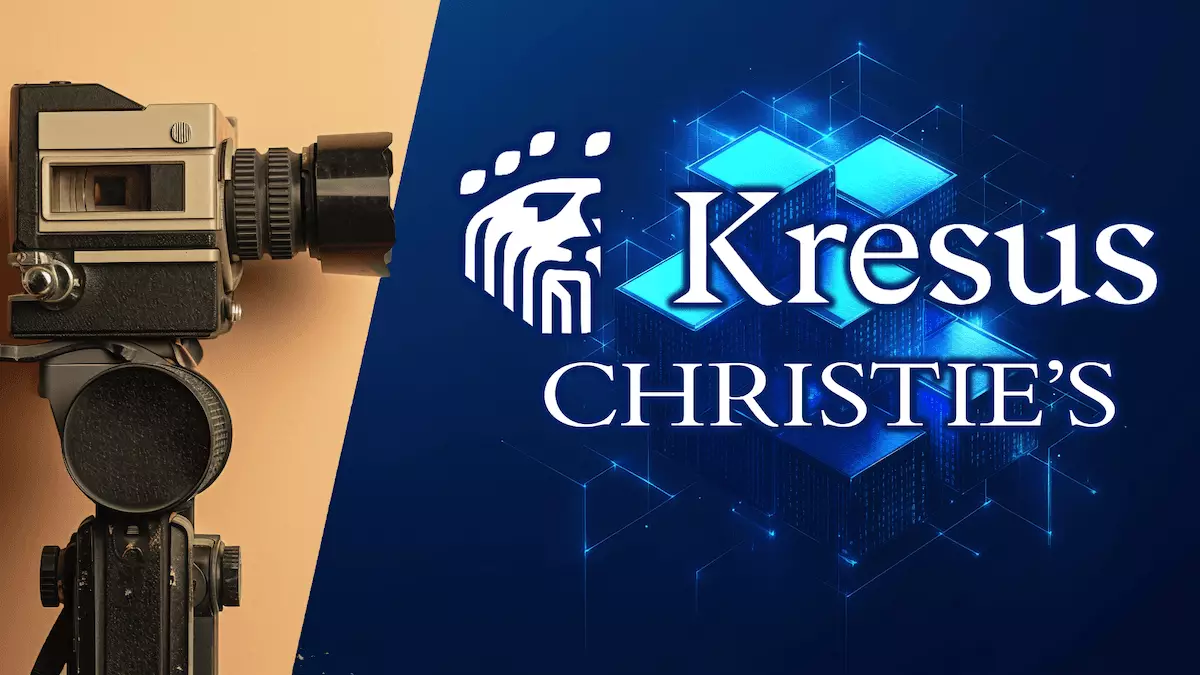In a significant step towards modernizing the art ownership process, Kresus, a leading crypto wallet provider, has forged a partnership with the renowned auction house Christie’s. This collaboration aims to transform how art collectors verify and maintain ownership of their prized collections using blockchain technology. The pilot program will feature more than 130 art lots at an upcoming auction titled “An Eye Towards the Real: Photographs from the Collection of Ambassador Trevor Traina,” scheduled for October 2 at Christie’s Rockefeller Center.
The beauty of this partnership lies in its innovative approach to provenance. With Kresus at the helm, each artwork sold during the auction will come with a unique blockchain-based certificate of ownership. Specifically, collectors will receive one-of-a-kind digital NFTs (non-fungible tokens), which serve as immutable proofs of authenticity and ownership, recorded on the Base blockchain. This move not only streamlines the documentation process for art collectors but also elevates the security of asset management, mitigating risks associated with traditional paper records, which can be subject to loss or forgery.
The implications of integrating blockchain technology in art transactions extend beyond mere convenience. Trevor Traina, the founder of Kresus and the ambassador behind the collection, emphasizes the burdens of traditional provenance management, often reliant on physical documents stored away in file cabinets. He states, “Blockchain enables many things,” highlighting its capacity to redefine ownership records and authenticity in the art sector. By blending the worlds of digital innovation and traditional artistry, this partnership exemplifies a forward-thinking approach that aims to enhance the overall experience for collectors.
Ambassador Traina’s collection, showcasing mid-century themes, highlights the contributions of female photographers and the development of color photography, featuring works from iconic artists such as Diane Arbus, Cindy Sherman, and Robert Frank, among others. Each piece encapsulates a pivotal moment in the trajectory of photography, making the auction not just a sales event but an opportunity for cultural preservation and education.
The implementation of Kresus’s blockchain-based certificates is not merely an upgrade; it serves as a means to foster greater transparency in the buying process. In a field where authenticity can be nebulous, this initiative stands to build trust among buyers and sellers alike. Christie’s has already established itself as a proponent of transparency in the art world and views this collaboration as a natural progression of its ongoing commitment. As Nicole Sales Giles, Vice President and Director of Digital Art Sales at Christie’s puts it, “Working with Kresus to offer blockchain-based certificates of ownership is a natural evolution of our commitment to authenticity and transparency in the art world.”
The ramifications of this partnership extend beyond the auction itself. As artists and collectors increasingly explore digital realms through NFTs and blockchain, this collaboration lays the groundwork for broader acceptance and usage of such technologies in the future of art transactions.
Notably, Christie’s has had success with digital art sales, previously setting records, such as the $1.2 million auction of Arbus’s “Identical Twins, (Cathleen and Colleen), Roselle, New Jersey, 1966.” These milestones illustrate the auction house’s readiness to embrace technological advancements that cater to an evolving market of collectors. With the joint efforts of Kresus and Christie’s, there is a profound potential to shift how the art world views ownership and authenticity.
The convergence of technology and art through blockchain marks a pivotal moment in the evolution of art collecting. By providing secure, verifiable ownership records, Kresus and Christie’s are not only innovating but also paving the way for future generations of collectors to navigate the art world with confidence and integrity. The pilot program’s rollout serves as a beacon, demonstrating how technology can elevate traditional practices to new heights—ultimately enhancing both the experience of collecting and the integrity of art as an investment.

